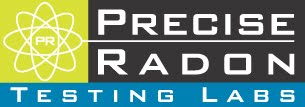From: Radon Awareness [mailto:radonweek@gmail.com]
Sent: Thursday, December 23, 2010 5:10 AM
To: Collins, Daniel P.
Subject: PRESS RELEASE: 20,000 Americans Killed in Their Own Homes in 2010. EPA Takes Action on Radon Gas in 2011
The World Health Organization has released their mortality statistics for 2010 and a startling statistic about in-home causes of death surfaced. According to the Environmental Protection Agency, Radon Gas causes over 20,000 deaths annually in the United States. To put that into perspective, Radon caused more deaths in 2010 than drunk driving, fires, and carbon monoxide.
The EPA is urging the U.S. media to assist in creating awareness of this silent killer by declaring January National Radon Awareness Month. Radon problems have been detected in almost every county in the United States. The Surgeon General and American Lung Association have also taken action to help prevent these needless deaths by recommending that all homes in the U.S. be tested regardless of geographic location or foundation type.
Please help promote this very worthy cause by writing an article or running a news story about indoor Radon Gas. Together, we can work toward saving thousands of lives in 2011! You can learn more about Radon Gas and National Radon Action Month 2011 at radonmonth.wordpress.com.
Sincerely;
Michael Anderson, Program Director
http://radonmonth.wordpress.com/
Environmental Health Committee






